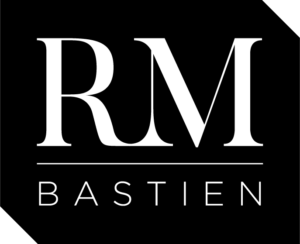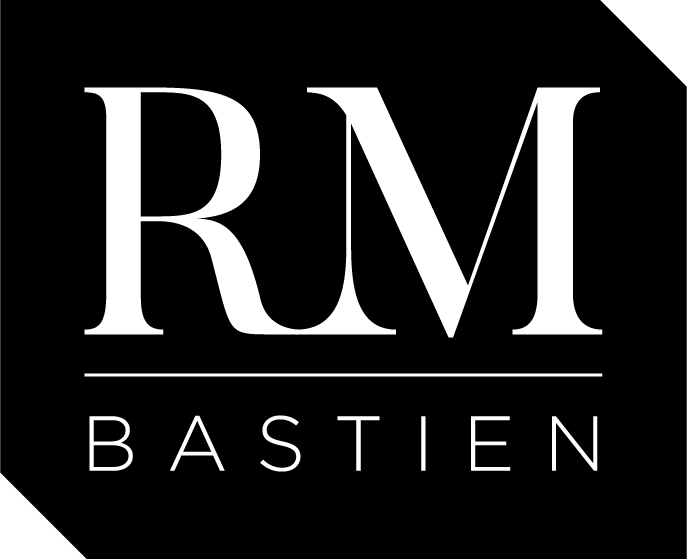The best non-technical analogy to explain the extent of the complexity of corporate IT assets, and by the same token why a working IT solution doesn’t prove anything about its quality (the subject of a previous article) appeared on my LinkedIn feed last week: https://www.youtube.com/watch?v=auIlGqEyTm8.
After watching this two-minute video, your first reaction is probably like mine: amusement and awe over Joseph’s ingenuity. But once I was over the toddler’s cuteness, it came to me that Joseph’s machine can teach a lot about IT solutions.
Am I insinuating that your IT solutions are like Joseph’s machine? You bet!
Yes, IT business solutions’ engines often look like this under the nice, shiny hood of sleek user interfaces. What you see is the final product, the cake you want to eat. What you don’t see are the contorted paths taken to get it to you.
So why are we IT people making things so complicated?
There are many reasons. My first book will give you a broader view of the problem and a deeper understanding of the non-tech root causes. In the meantime, here are three key pointers:
First, Joseph is dealing with the laws of physics – in a brilliant way I should add. In the virtual world of software-based solutions, such laws don’t apply. Furthermore, I suspect that Joseph had to go to a dozen stores to buy all this apparatus and spend a lot of time finding the right gizmos to fit his process.
In software-based solutions, you just click, download it, resize it, or copy and paste it ad infinitum if you wish. It is usually simple, often effortless.
It can also go in all directions, augment the overall complexity, but still your IT staff will find a way to make it work.
In other words, the drawback of computer-based solutions is that it is easy to “clog your kitchen” as in the video.
Second, after Joseph is done with video-making, he cleans the kitchen before the in-laws come for dinner. Your IT-based solutions support your business and they stay there as long as you’re operating. As easy as it is to fill the kitchen with software-based components, it is proportionately as difficult to empty the room – unless it was planned for.
Roles distribution and performance indicators do not promote designs that make your systems easy to remove. Most of the time, you’re stuck with it.
Finally, Joseph’s machine works and it delivers the cake. The same can be said about your IT business solutions. The current hierarchy of performance measures for corporate IT is dominated by short-term focus with the sempiternal “Keep-the-Light-On” (KTLO) and “On-Time-On-Budget” (OTOB) efficiency gauges.
If your sole expectation is to get the cake on your plate before the competition gets it, then you’ll receive your pastry all right, but do not hope for more.
It doesn’t have to be this way.
With a more balanced distribution of accountabilities and performance measures that extend beyond short-term expectations to the intrinsic quality of what is built, you can earn a significant competitive edge with your IT solutions. The added benefit? The next time, when you need pudding or ice cream instead of a cake, you’ll reduce the probability of your IT team telling you that you need to buy a whole new kitchen. The kitchen-building industry is a prosperous one these days, but it takes your investment money, and precious time to beat the rivals.

